FCA's Rapidly Rising Chrysler Group Sales Are Back At Pre-Bankruptcy Levels
At Fiat Chrysler Automobiles, this much we know: 72 consecutive months of year-over-year U.S. growth, a market share increase in the United States from 9.4 percent to 12.8 percent between 2010 and 2015, routine record-setting U.S. sales performances at Jeep, and an overarching “light truck” division that now produces more than four out of every five U.S. sales for the automaker.
Chapter 11 reorganization was undoubtedly a painful process — bankruptcy isn’t supposed to tickle. And because of reliability woes, frequent Alfa Romeo delays, and poor passenger car demand, there are serious doubts about the automaker’s long-term plans.
Yet only a few quick glances at an FCA U.S. monthly sales report are necessary for observers to replace concerns with applause, at least in the here and now. The rate of growth is staggering. The U.S. auto industry grew its volume by 37 percent between 2011 and 2015, a period during which FCA — and formerly the Chrysler Group — grew 64 percent.
In order to truly see how the Fiat Chrysler Automobiles of today compares with the Chrysler Group of yesterday, we need to go back further than 2011. Think back prior to the automaker’s desperate state in 2009 in the midst of Chapter 11 and the proverbial global financial crisis. Examine instead the booming first-quarter of 2016 in light of the first-quarter of 2005.
Despite all the difficulties presented by Hurricane Katrina at the end of the year, 2005 marked a second consecutive year of growth at the Chrysler Group (before four consecutive years of decline) and the last time FCA/Chrysler Group sold more than 2.3 million vehicles in the U.S. in a single year. Is 2016 on pace to be that good?
Not quite as indelibly linked to Mercedes-Benz as we thought at the time, Chrysler, Dodge, and Jeep produced 546,732 of DaimlerChrysler’s 590,556 new vehicle sales in the first three months of 2005. In the same period 11 years later, Chrysler, Dodge, Jeep, and Dodge’s Ram offspring contributed 541,925 of FCA’s 553,869 first-quarter sales in 2016, a figure only boosted above 550,000 by struggling Fiat and an extra 3,000 Alfa Romeo, Ferrari, and Maserati sales.
The degree to which the formation of those Chrysler Group sales has evolved is a lesson in the fast-changing nature of the auto industry. Come see what a decade hath wrought.
Chrysler
The Chrysler division, on the whole, has lost importance over the last decade, with a 58-percent drop between the two periods being discussed. 28 percent of the Chrysler Group’s sales in Q1 2005 were Chrysler-derived; that figure stood at just 12 percent in 2016 Q1. The Chrysler brand’s share of the overall U.S. market grew to 4 percent in 2005 Q1 but tumbled to just 1.6 percent 11 years later.
Dodge
Then, as now, Dodge operated largely with three cars; the Neon, Stratus, and Magnum having been indirectly replaced by the Dart, Charger, and Challenger. Dodge sold 76,960 of the former in 2005’s first-quarter; 60,653 of the latter in 2016’s first-quarter. And while Dodge sold 92,141 Grand Caravans and Durangos in 2005 Q1, sales of the Grand Caravan, Durango, and Journey totalled only 79,718 units in 2016 Q1.
Year-over-year, Dodge volume is growing faster than the overall market in 2016, rising 14 percent on the strength of the minivan and crossovers. But after claiming 4.4 percent of the U.S. market (and 31 percent of Chrysler Group sales) in 2005 Q1, Dodge now owns 3.4 of the market and produces 26 percent of modern Chrysler Group sales.
Ram
Products now attributed to Ram accounted for 21 percent of Chrysler Group sales in 2005 Q1 and 3 percent of the overall market. The first figure rose to 23 percent 11 years later; the second figure is unchanged.
Jeep
If Dodge and Ram are relatively steady factors at the Chrysler Group over the last decade, if the Chrysler brand has seen major decline, and if the overarching Auburn Hills achievements now are largely similar to the successes of 2005, Jeep is the obvious crowning achievement. First-quarter U.S. sales in 2016 were almost precisely double the 2005 Q1 total, and it’s not all down to Jeep’s expanding lineup.
Collectively, in 2016’s first-quarter, the Cherokee (Liberty replacement), Grand Cherokee, and Wrangler (the lineup of which was greatly expanded by a four-door Unlimited model in late 2006) grew their sales by a third compared with the beginning of 2005. Added to their 138,325 2016 Q1 sales are 71,272 sales of Patriots, Compasses, and Renegades. The Patriot outsells FCA’s most popular car, the Charger, and the Compass and Renegade outsell every FCA product aside from the Charger.
So far this year, Jeep is responsible for nearly four out of every ten Chrysler Group sales and claimed a 5-percent slice of the overall industry’s pie.
Despite all the turmoil of 2009’s reorganization, the market quickly turned away from cars just as FCA professed great faith in the Dart and 200. Yet FCA’s original Chrysler Group brands are essentially back at pre-bankruptcy sales levels in America. Why?
It has plenty do with seven-slot grilles and Rubicon reputations.
Timothy Cain is the founder of GoodCarBadCar.net, which obsesses over the free and frequent publication of U.S. and Canadian auto sales figures. Follow on Twitter @goodcarbadcar and on Facebook.
More by Timothy Cain
Latest Car Reviews
Read moreLatest Product Reviews
Read moreRecent Comments
- Lou_BC Maybe if I ever buy a new car or CUV
- Lou_BC How about telling China and Mexico, we'll accept 1 EV for every illegal you take off our hands ;)
- Analoggrotto Level 50 Trolling at it's finest. Well done.
- Lorenzo The unspoken killer is that batteries can't be repaired after a fender-bender and the cars are totaled by insurance companies. Very quickly, insurance premiums will be bigger than the the monthly payment, killing all sales. People will be snapping up all the clunkers Tim Healey can find.
- Lorenzo Massachusetts - with the start/finish line at the tip of Cape Cod.




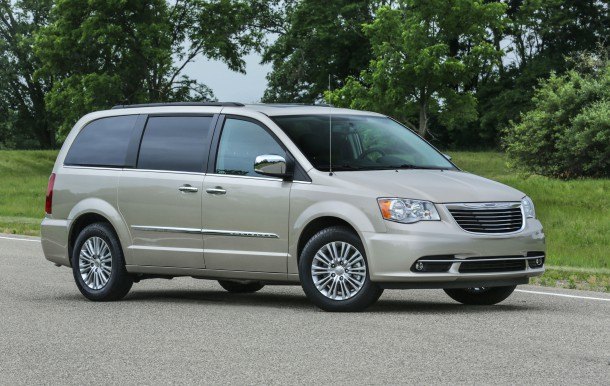







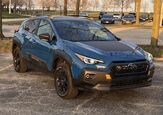





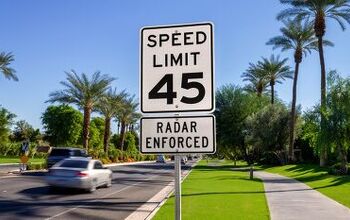
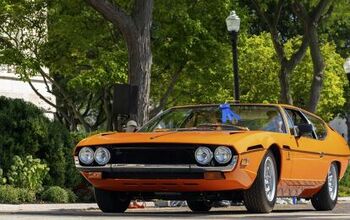
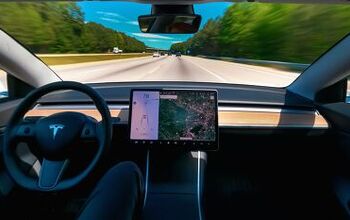
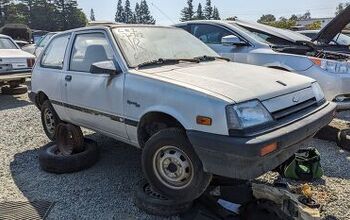
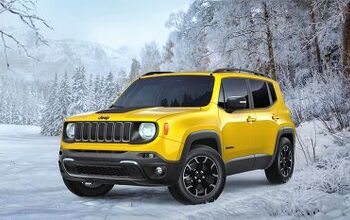


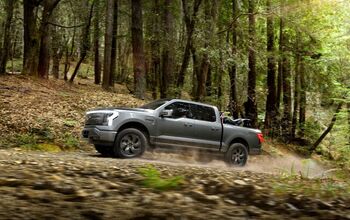
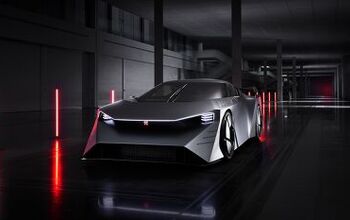
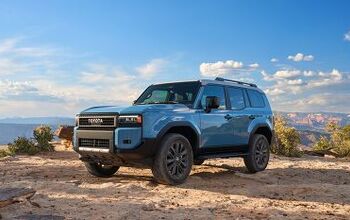
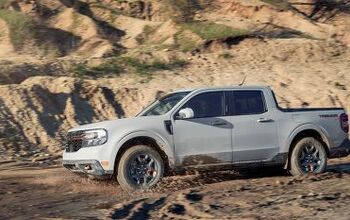
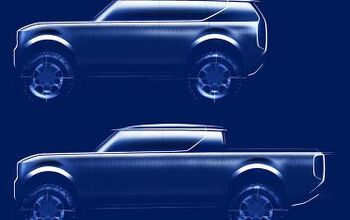
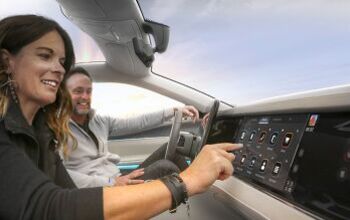

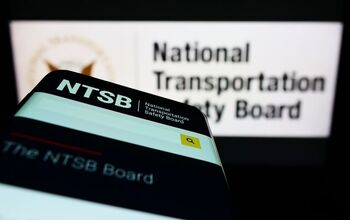
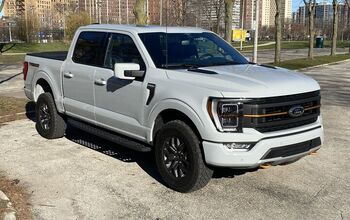
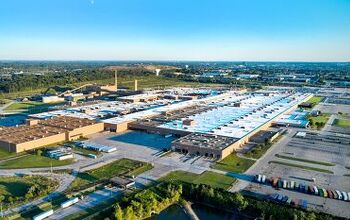
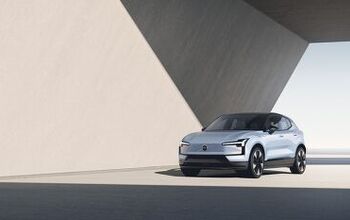
Comments
Join the conversation
This article is an excellent piece of analysis worthy of the TTAC name. FCA has been investing in their products in many segments. Yes, some investments have worked better than others, but they at least have significant chips down on all the important spots on the table. RAM trucks have become something other than a cheaper alternative to Ford or GM, which is great. Jeep happens to be ideally positioned to take advantage of the current SUV/CUV market trend. After all these years, the brand which created the category with the Wagoneer and later the Cherokee and Grand Cherokee still has huge brand equity with customers. Yes, the future is uncertain, but objectively speaking Fiat has done far more with the former Chrysler corporation than Daimler or Cerberus were ever able to do. Yes there is much still to be done, but the progress to date is praise worthy.
I have continued to say that despite the spin, Chrysler has had no sales increases because all they were doing was improving on a horrific baseline from their bankruptcy days. It should be noted that Ford's two divisions outsold GM's 4 divisions last month. There is something to a company that saved itself and the one who is underperforming is the one that made off with $30 billion in tax and interest free money who has continued to miss having the right product in the right segment and who builds over 70% of its saved butt elsewhere.